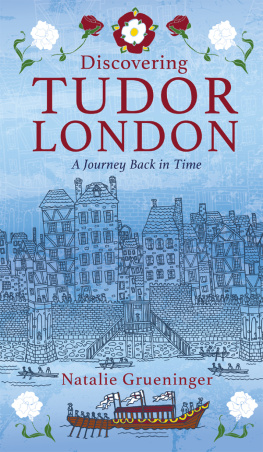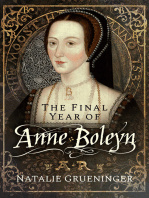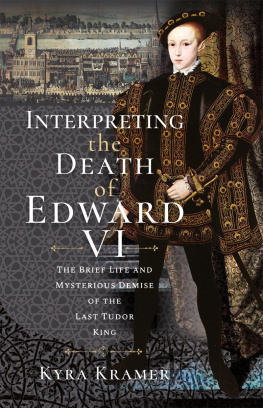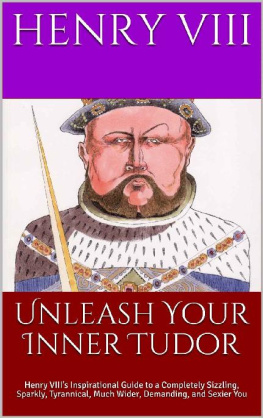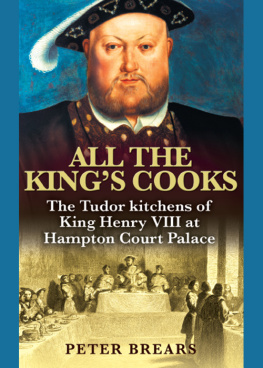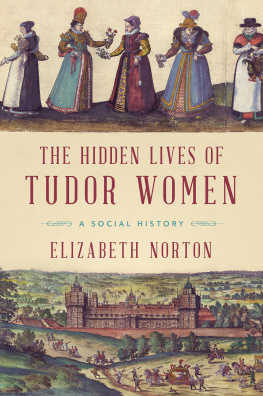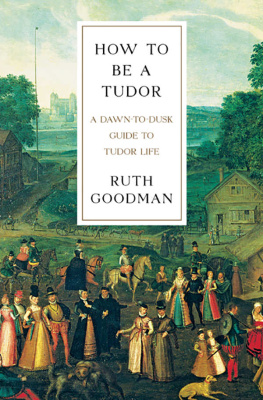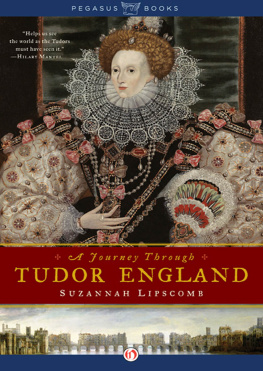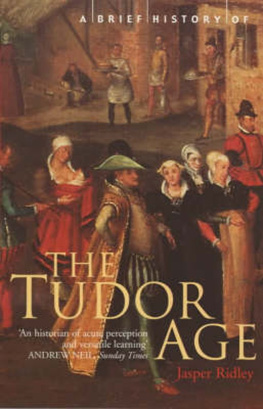
I dedicate this book to my beloved children,
Isabel and Tristan.
Cover illustration: Copyright of Kathryn Holeman.
First published in 2017
The History Press
The Mill, Brimscombe Port
Stroud, Gloucestershire, GL5 2QG
www.thehistorypress.co.uk
This ebook edition first published in 2017
All rights reserved
Natalie Grueninger, 2017
The right of Natalie Grueninger to be identified as the Author of this work has been asserted in accordance with the Copyright, Designs and Patents Act 1988.
This ebook is copyright material and must not be copied, reproduced, transferred, distributed, leased, licensed or publicly performed or used in any way except as specifically permitted in writing by the publishers, as allowed under the terms and conditions under which it was purchased or as strictly permitted by applicable copyright law. Any unauthorised distribution or use of this text may be a direct infringement of the authors and publishers rights, and those responsible may be liable in law accordingly.
EPUB ISBN 978 0 7509 8502 4
Original typesetting by The History Press
eBook converted by Geethik Technologies
CONTENTS
ACKNOWLEDGEMENTS
My sincerest thanks to Mark Beynon and the staff at The History Press for making this book possible. Thank you to my sister, Karina, for taking the time to read and offer feedback on my writing, and for the many laughs, inspiring conversations and flutes of champers along the way. Gratitude also to my mother, one of the most talented writers Ive ever known, for instilling in me a love of words. My sincere thanks also go to the curators and co-ordinators who so graciously corresponded with me over email, answering my many questions and assisting me to acquire some of the wonderful images presented in this book. A special thanks to my dear friend Sarah Morris, for welcoming me into her home on my last research trip, and also to Val, for taking the time to show me around Tudor Hackney. A special thanks to the visitors to my website (www.onthetudortrail.com)and the online Tudor community on Facebook, Twitter and Instagram for their enthusiastic contributions, friendship and continued support. And most importantly, I would like to offer a heartfelt thanks to my husband and children, Chris, Isabel and Tristan, without whom this book could not have been written. Thank you for your constant support, love and encouragement, and for understanding and respecting my love of sixteenth-century England.
Let no one say the past is dead.
The past is all about us and within.
Oodgeroo Noonuccal
INTRODUCTION
The past has always called to me. For as long as I can remember, I have been attuned to the velvety whispers of those who have walked this earth before me, silvery fingers beckoning me to follow, compelling me to journey back in time to discover more about the people and events, now seemingly lost to us. For the last seven years Ive pursued these voices, and dedicated many hours and much energy to researching and writing about the Tudors, through the lens of the great houses, palaces and castles where their stories unfurled.
This love of learning history on the very stage where it played out led me to create, in 2009, On the Tudor Trail, a website dedicated to documenting historic sites associated with Anne Boleyn and sharing information about prominent Tudor personalities and daily life in sixteenth-century England. In 2013, my debut book, In the Footsteps of Anne Boleyn, co-authored with Sarah Morris, was published in the UK, followed by In the Footsteps of the Six Wives of Henry VIII, another collaboration between Sarah and myself, in March 2016.
Why the fascination with places? These sites are the keepers of history, the guardians of stories, whose protagonists have long returned to dust. They are portals between our world and theirs.
Through reading, we can come to know the Tudors, intellectually. We can learn about the larger-than-life personalities, the politics and great personal dramas that so captivate us, and spend hours poring over their personal correspondence, state papers and portraits. But when we stand where the Tudors once stood and see what they saw, our connection deepens. Suddenly, they step out from the pages of history books and become living, breathing people once more.
Its in these moments that things Ive read about and thought I had understood finally hit home, bringing fresh insights. Its also when I experience the strongest emotional connection to the past, which is precisely wherein lies the power of places in their ability to touch us emotionally, to leap the chasm between past and present and unite us on a soul level.
When I stand in a place be it an intact building, ruins or even an empty field that once bore witness to the defining moments of the era, and the quiet ones too, and absorb its history and its moods, I feel that great gulf close and time gradually dissipate. In those moments, the past feels as though its standing alongside me.

Tyburn Tree (Gallows) Plaque, 2016. This plaque, found on the traffic island at the junction of Bayswater and Edgeware Roads, marks the approximate location of the notorious Tyburn gallows, where thousands of people lost their lives. (Authors collection)
THE BIRTH OF DISCOVERING TUDOR LONDON
This project was inspired by the many people whove contacted me over the years, asking for suggestions of places to visit in London, associated with the Tudors. Often people are only visiting London for a long weekend, and so are eager to discover what the must-see places are. Frequently, Im asked to suggest longer itineraries, such as five, seven or ten-day trips, and am regularly asked for suggestions of places to visit that are off the main tourist trail. While I responded to each request individually, an idea was sparked, and I felt compelled to write a guidebook to sites associated with the Tudors in London, which could all be comfortably visited in a ten-day stay.
The challenging part was selecting which places to include. In the end I chose to feature both buildings associated with or built by the Tudors, and the galleries and museums that house treasures from this period of history. Because just as places can transport us back in time and connect us to people and events from long ago, so too can things. They can be powerful conduits of moments. For example, a handwritten letter to a lover recalls a very specific point in time, and allows us to share in a potent heart-felt experience.
I also decided to include only those places where there is something substantial left to see, and importantly, which are open to the public. This immediately ruled out some major sites, such as that of Tyburn Gallows, Greenwich Palace and Whitehall Palace, all of which played an important role in the story of the Tudors, but where, sadly, there is nothing or very little left to see above ground. It also meant excluding places like St James Palace and Crosby Hall, as they are not open to the public.
Hence, this book is not a comprehensive guide but rather a curated guide to what I consider the best of Tudor London, based on the above principles.

The Old Royal Naval College, Greenwich, 2013. Beneath the Old Royal Naval College in Greenwich lie the remains of Greenwich Palace, a favoured Tudor residence, where Henry VIII, Mary I and Elizabeth I were born. (Authors collection)
Next page
